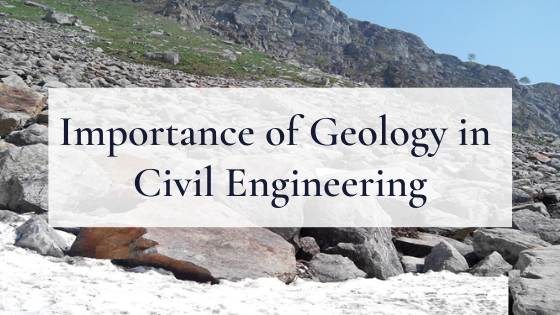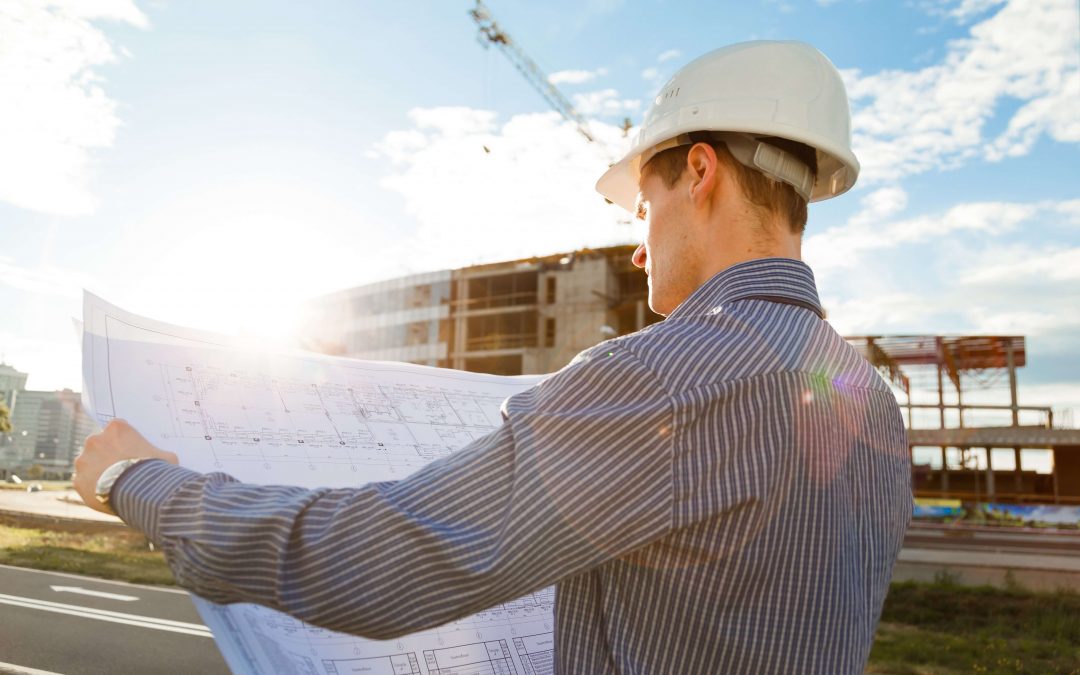The 9-Minute Rule for Geotechnical Engineering For Construction Projects
The 9-Minute Rule for Geotechnical Engineering For Construction Projects
Blog Article
Geotechnical Engineering For Construction Projects Can Be Fun For Anyone
Table of ContentsSome Ideas on Geotechnical Engineering For Construction Projects You Need To KnowGeotechnical Engineering For Construction Projects Can Be Fun For EveryoneNot known Details About Geotechnical Engineering For Construction Projects About Geotechnical Engineering For Construction ProjectsAn Unbiased View of Geotechnical Engineering For Construction ProjectsFascination About Geotechnical Engineering For Construction ProjectsEverything about Geotechnical Engineering For Construction Projects
Principles and Technique of Ground Improvement. Ground Enhancement Concepts And Applications In Asia. Layout analysis in rock technicians.Cengage Understanding, Stamford, 666 p. Atkinson, J., 2007. The mechanics of soils and foundations. Taylor & Francis, N.Y., 442 p. Floating Offshore Wind Wind Turbines: Actions in a Sea state Pareto Optimum Designs and Economic Analysis, P. Sclavounos et al., October 2007. Nicholson, D, Tse, C and Penny, C. (1999 ). The Observational Method in ground engineering principles and applications.
Facts About Geotechnical Engineering For Construction Projects Revealed
Lab and field screening plays an essential function in this process. By removing examples from the earth's subsurface and using a suite of examinations, geotechnical engineers can predict the practices of soil layers and review their viability for different construction endeavours. The significance of geotechnical engineering in civil design can not be overstated, attributable to numerous variables: The first action in any geotechnical research involves establishing the soil type at the building and construction site.
The structure acts as the bedrock of any building and construction project. Choosing the ideal structure type is a decision that hinges on the thorough analysis offered by geotechnical design.

Geotechnical site investigation is a critical action in the planning and execution of any building and construction project. It involves the collection and analysis of data associated with the physical buildings of soil and rock beneath a proposed building site. This information is essential for the design and building and construction of safe, steady, and sustainable frameworks.
Geotechnical Engineering For Construction Projects - The Facts
In this blog, we will delve right into the significance of geotechnical site examination, its numerous components, and just how it benefits building projects. Geotechnical site examination, likewise referred to as subsurface expedition, includes a series of activities targeted at figuring out the soil, rock, and groundwater problems at a building and construction site. The key goals are to identify potential geotechnical dangers, evaluate the engineering homes of subsurface products, and offer referrals for the design and construction of structures, keeping wall surfaces, and other structures.
The desk research study assists in recognizing potential geotechnical issues and planning the subsequent fieldwork. This entails observing the topography, drainage patterns, existing structures, vegetation, and any signs of instability or erosion.
Geotechnical Engineering For Construction Projects for Beginners
Shallow examination pits are excavated to straight observe and sample the dirt and rock. This technique serves for studying the upper layers of the subsurface and identifying near-surface threats. Non-invasive geophysical techniques, such as seismic refraction, ground-penetrating radar (GPR), and electric resistivity tomography (ERT), are utilized to map subsurface conditions and spot anomalies.
Dirt and rock samples accumulated during the field investigation undergo lab screening to identify their physical and mechanical homes. Usual laboratory examinations include grain size evaluation, Atterberg limitations, compaction examinations, triaxial shear tests, and consolidation tests. These tests give vital information for geotechnical analysis and style. The information collected from the workdesk research, site reconnaissance, area investigation, and lab screening are examined and analyzed to develop a thorough understanding of the subsurface conditions.
The key benefit of geotechnical site investigation is making certain the safety and stability of structures. By comprehending the subsurface problems, designers can make foundations and other architectural elements that can endure the tons and ecological pressures they will certainly undergo. This lessens the threat of negotiation, decrease, and architectural failing.
Fascination About Geotechnical Engineering For Construction Projects
This makes sure efficient and secure building techniques. Geotechnical site examinations are usually needed by constructing codes and policies.
This details is vital for job managers, designers, and professionals in establishing practical routines, budgets, and contingency strategies. Geotechnical Engineering for Construction Projects. High-Rise Structure in a Coastal AreaIn a coastal city, a high-rise household building was intended on a website with presumed loose sand down payments and a high water table. A detailed geotechnical investigation, including borehole exploration, CPT, and geophysical surveys, was carried out
The Best Guide To Geotechnical Engineering For Construction Projects
Based upon these searchings for, the foundation design was modified to consist Read Full Article of deep heap foundations extending right into stable strata, and ground improvement strategies, such as vibro-compaction, were implemented to alleviate liquefaction dangers. This positive method guaranteed the security and stability of the building while staying clear of pricey post-construction removal. Infrastructure Advancement on a Sloping TerrainA major framework task, entailing the building and construction of a freeway and bridges, was intended on an uneven terrain with high inclines.

The Leaning Tower of Pisa (Italy), a renowned architectural wonder, is notorious for its unexpected tilt from substantial geotechnical problems. The tower's foundation was inadequately made to take care of the soft, unsteady soil below it, leading to irregular settlement and its unique lean. Our world is dotted with impressive framework projectsfrom looming high-rise buildings to stretching bridgesall standing testimony to the evolution of the numerous building devices and approaches readily available.
Geotechnical engineering is a specific field within civil design that concentrates on examining the behavior of earth products. This branch delves deep right into the groundinvestigating exactly how the dirt, rock, and groundwater at a construction website can influenceand be influenced bythe infrastructure that we put up on and into them. Prior to a single block is laid or a concrete foundation poured, geotechnical engineers probe right into the earthgathering critical data about the website's soil make-up, rock structure, and groundwater degrees.
Geotechnical Engineering For Construction Projects Can Be Fun For Anyone

is a device used to examine the honesty and load-bearing ability of stacks throughout installment, leveraging the principle of wave proliferation. It maximizes construction performance by providing real-time examinations, hence ensuring secure and efficient heap foundations. One of the useful applications of geotechnical design includes deciding and performing the appropriate techniques for foundation building and construction.
Pile driving represents greater than the simple act of putting structural elements into the ground. However, it is a carefully orchestrated procedure of moving a framework's lots past the much less steady dirt layers better to the surfacedown to the extra significant strata that exist under. When it comes to pile driving, think about exactly how geotechnical engineers expertly use this technique to evenly distribute the structure's weight.
Report this page